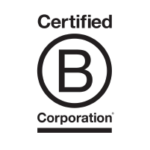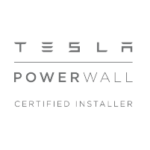Retrofit Your Existing Grid-Connected Solar System with Batteries
– AC Coupling –
February, 2014
AC Coupling provides a mechanism to utilize an existing grid-tied solar system and inverter (no batteries / no power when the grid is down) combined with an additional battery-based inverter to provide power to your house when the grid is down. This is different from a what has been typically considered a battery-backup system where DC electricity is fed from solar panels to a charge controller then to batteries and ultimately the battery-based inverter that converts power to AC electricity to use in your home.
For a customer who already owns a grid-tied solar array and wants additional grid dependence, AC Coupling means there is no need to rewire the panels on the roof or changes the wires down to the existing inverter. Others also see the benefits of the battery storage as we look toward a “smart-grid” where there could be further savings by pulling energy from the batteries at times when utility costs are greater during certain times of day.
AC Coupled systems integrate a critical load panel that will continue to receive power when the grid is down. By choosing specific loads, as opposed to the entire house, you will maximize your investment in the additional battery storage. The previously installed inverter sends 240V AC power to the critical load panel and the rest of the house when the grid is up.
When the grid is down, the battery-based inverter becomes active, allowing the grid-tied inverter to continue to send power to the critical loads. When the grid is down and the sun is down, the batteries will provide the power to the critical loads. Because a switch is thrown in the battery-based inverter, no power will be sent to the main panel or the grid, preventing power flow to the grid and preventing harm to utility workers.
AC Coupled systems can also be a reasonable choice for newly designed grid-tied battery-backup systems. For example, if there is a long distance from the solar array to the grid connection, the higher DC voltage from the array to the grid-tied inverter will save on wiring costs and labor compared to a typical battery installation.













